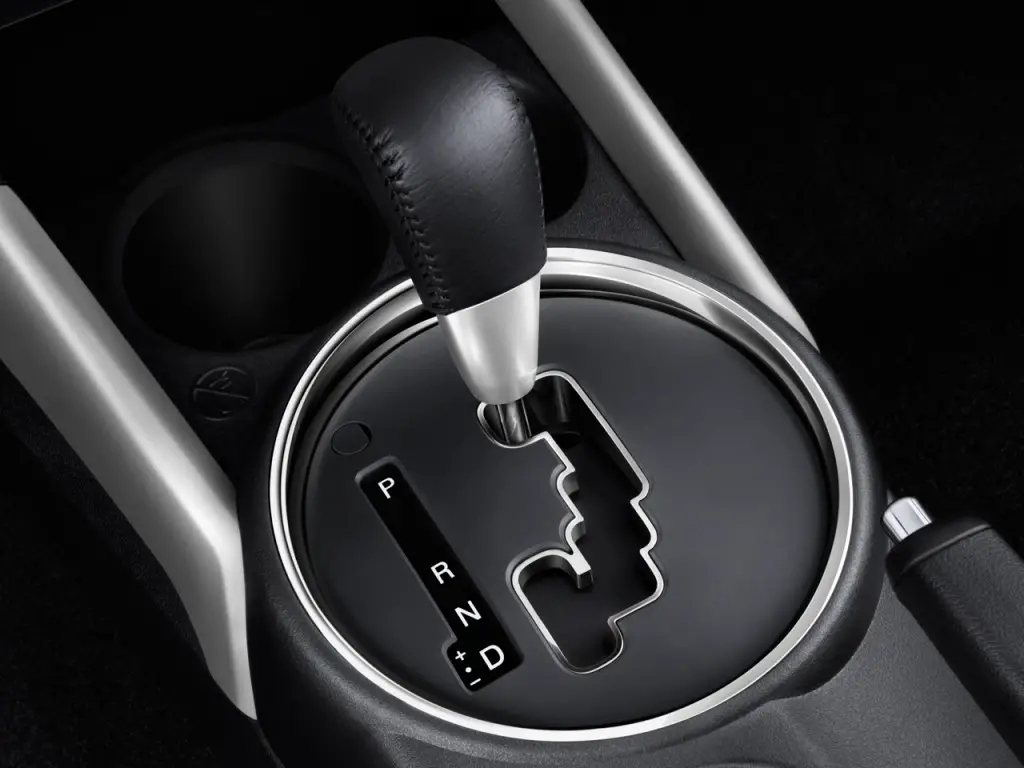

#Automatic transmission manual#
It is driven by either a belt or chain from the engine’s crankshaft, depending on whether it’s an automatic or manual transmission.

The oil pump moves the oil around the system. The hydraulic system uses fluid pressure to provide smooth shifting and reliable transmission. The hydraulic system in your transmission consists of a reservoir, pump, valve(s), and actuator(s) that work together to deliver power to the wheels. Automatic Transmission Diagram #4 – Hydraulic System For example, if you press on the accelerator pedal, it will send a signal to the engine so that it can speed up. The computer ensures that all the systems are working well together. It also controls the amount of torque going to the wheels. It regulates the speed of your engine, making sure it doesn’t run too fast or too slow. The computer in your transmission monitors different sensors and performs many functions. Automatic Transmission Diagram #3 – Computer Planetary gears are found in manual transmissions. These alternate disks are designed to lock and revolve with one another. Transmission clutch packs are made up of several disks, half of which have splines on the outer edge and the other half on the inner edge. The solar gear is linked to a drum, which is connected to one part of the clutch pack. A clutch pack is also attached to the planet gears. The outer ring gear rotates around its axis while simultaneously rotating all other components on their axis. The planet carrier is part of an outer ring gear, which also has internal teeth that mesh with the sun gear and planet carrier. We call it an epicyclic gearing system because it uses one or more sun gears and one or more planet gears connected by outside rings or carriers (called planet carriers). The planetary gearset is located between the engine and wheels, allowing the car to move at different speeds depending on the driver’s requirements. Automatic Transmission Diagram #2 – Planetary Gear Sets The function of the torque converter is to increase engine torque at low speeds and provide an automatic locking device for high-speed operation. A fluid coupling allows the engine to turn at a different speed than the transmission while still providing power to the wheels. The torque converter is a mechanical device located between the engine and transmission. Automatic Transmission Diagram #1 – Torque Converter We’ll cover the five main components of the transmission system. There are different types of transmission systems, and some of their parts differ too. If one part of this component goes wrong, your car will malfunction. The transmission system is confusing, especially when you have to repair one of the parts. The transmission system moves the power generated by the engine to the wheels and keeps the speed levels within the optimal speed range per minute (RPM). with different functionalities and a common goal. The car transmission system comprises several parts the planetary gear set, the torque converter, etc. Read on to learn about the transmission parts and what they do. If you drive a modern vehicle, there’s a high chance it has an automatic transmission. The mechanism involved in this movement classifies the car as automatic or manual. The automatic transmission is a complex device made up of different parts working together to move the power generated by the engine to the car wheels. You can get a more straightforward representation of the automatic transmission in a block diagram or 2D model. The automatic transmission diagram shows the parts of the transmission system, the connection between the torque converter, clutches, planetary gears, etc. It works automatically or manually and an automatic transmission diagram might be handy. There’s a component in vehicles that transmit power from the engine to the wheels called transmission.

I bet you’re familiar with the terms automatic and manual as it concerns cars.


 0 kommentar(er)
0 kommentar(er)
